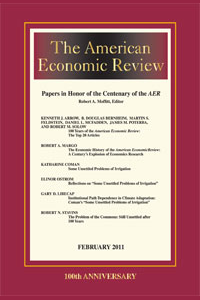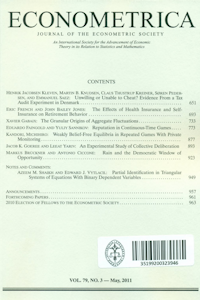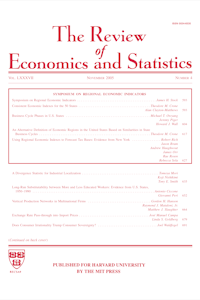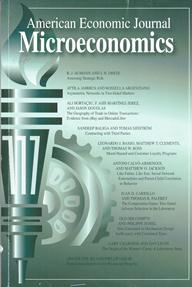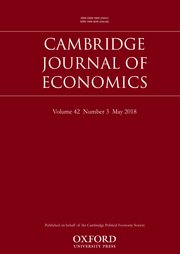
Lawson, C.
Aviation lock-in and emissions trading
Cambridge Journal of Economics
Vol. 36(5) pp. 1221-1243 (2012)
Abstract: Mainstream economists tend to take a positive view of the role that markets play in solving environmental problems. For them, environmental problems arise because of ‘missing markets’ and require the generation of new markets, internalising externalities and allowing agents’ preferences to be registered ‘properly’ in, or through, the market. This paper provides an illustration of how misguided this basic approach to environmental problems can be. Specifically, the focus of the paper is upon the problem of aviation emissions and the policy solution most prominently advocated to mitigate them, emissions trading. Adopting this focus shows the limitations of a pivotal, though largely unacknowledged, assumption of mainstream perspectives on environmental problems, namely, that all emissions (and indeed costs) are assumed to be equivalent. In other words, it does not matter how particular emissions come about or what the long-term structural conditions are that are faced by any particular emitter. However, once a focus upon dynamic interdependencies and trajectories of systems is adopted, rather than the usual preoccupation with short-term maximisation behaviour, it becomes clear that, in the case of aviation at least, emissions trading is most likely to exacerbate an already worrying problem.
Keywords: Aviation Environment Emissions trading Environmental economics
JEL Codes: Q50
Author links: Clive Lawson
Publisher's Link: http://cje.oxfordjournals.org/content/36/5/1221.abstract?sid=71175af6-733e-4187-905c-a8297a512d22 ![]()

